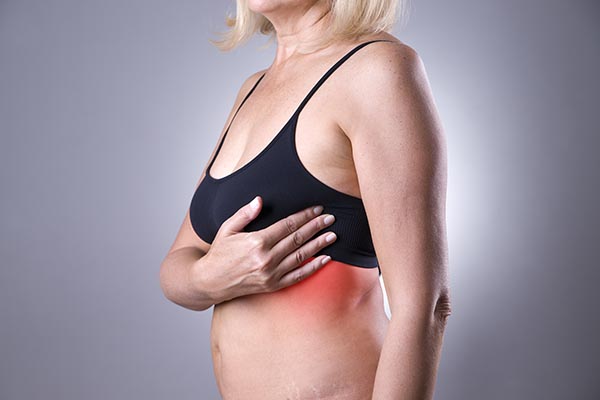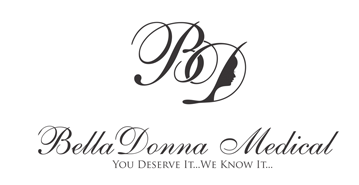Breast Disorders Treatment
Most breast pain is associated with benign conditions, such as cyclical pain and fibrocystic changes and gross cysts. It is uncommon for a breast cancer to specifically cause breast pain.
Breast Disorders Treatment in Brooklyn
Most breast pain is associated with benign conditions, such as cyclical pain and fibrocystic changes and gross cysts. It is uncommon for a breast cancer to specifically cause breast pain.
- Breast pain is common in premenstrual women. Elements from the history can help distinguish pain that is cyclical versus noncyclical, and that which is breast related versus extramammary.
- We initiate the evaluation of breast pain with a thorough history and physical examination. Clinical judgment is used when deciding if imaging tests are necessary. For women of any age with a suspicious clinical examination and/or history, a mammogram and targeted ultrasound are performed.
- For young women (under age 30) with cyclical breast pain, an ultrasound is the optimal imaging study. However, unless there are pertinent high-risk factors (eg, family history of premenopausal breast cancer), diagnostic studies are not necessary for most young women.
- For women with a focal finding on the clinical examination (eg, discrete mass or focal tenderness), and/or a history not consistent with classic cyclical pain (eg, sudden onset of focal pain), a mammogram and a targeted ultrasound are performed.
- Treatment with analgesics and a supportive brassiere can be helpful for many women with mastalgia.
Breast cysts, which can present as a solitary mass or multiple masses, usually prompt women to seek medical attention because of the palpable mass or associated pain or discomfort. A breast cyst may be first identified on a clinical or self-breast examination, or as a mammographic density. Breast cysts may fluctuate in size, number, and magnitude of symptoms.

Request Your Consultation Now
Request a consultation at BellaDonna MD. Ready to get started? Call us today or fill out the form below.
BellaDona Medical P.C © 2022. All Rights Reserved. Privacy Policy
